#the revenge of the sith
Text




#star wars#the revenge of the sith#starwarsedit#swsource#swedit#starwarsblr#thestarwarsdaily#anakin skywalker#anakinedit#padmé amidala#padmeedit#anidala#anidalaedit#filmedit#filmsource#cinematv#starwarsdaily#filmgifs#***#padme x anakin#episode iii#i love them so much#my heart breaks BREAKS ok#bye
858 notes
·
View notes
Text
Blood Hound
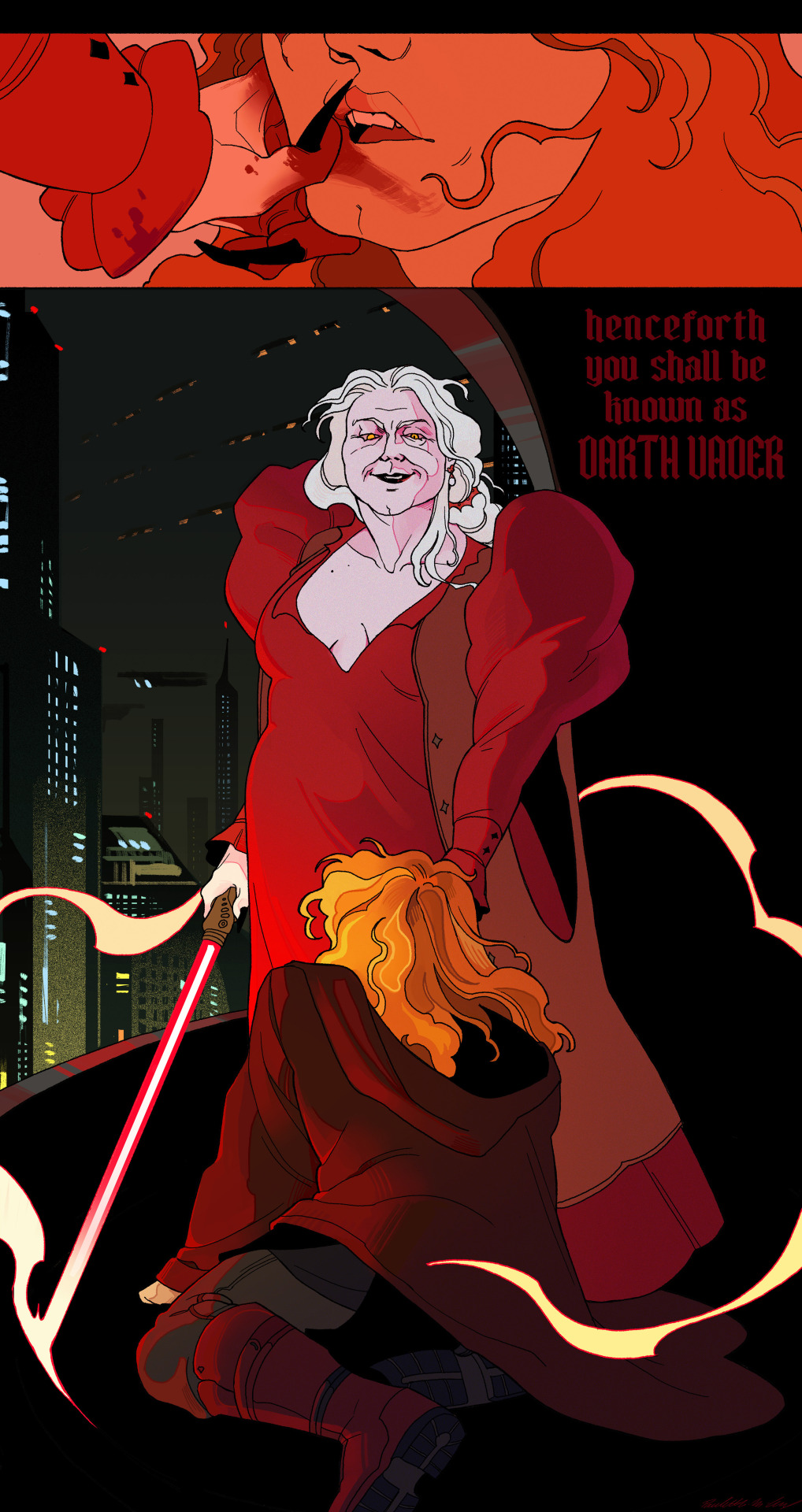
[PRINT] - [COMMISSION]
Don't have a lot to say about this, I just wanted to draw this iconic sw scene, but with fem Palpatine (still Stagbeetleboy's design) and fem Anakin :))) because the lesbian star wars au is consuming my life rn lglgkflogkg
And you get a close up of palpatine because I'm kinda proud of how I drew the freaky cunty lady :)
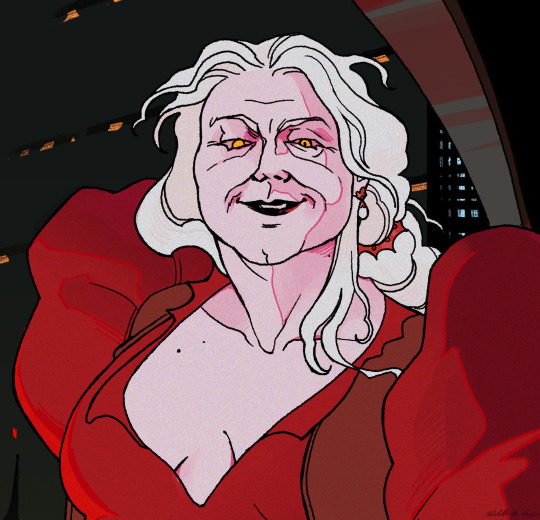
Process below vvv
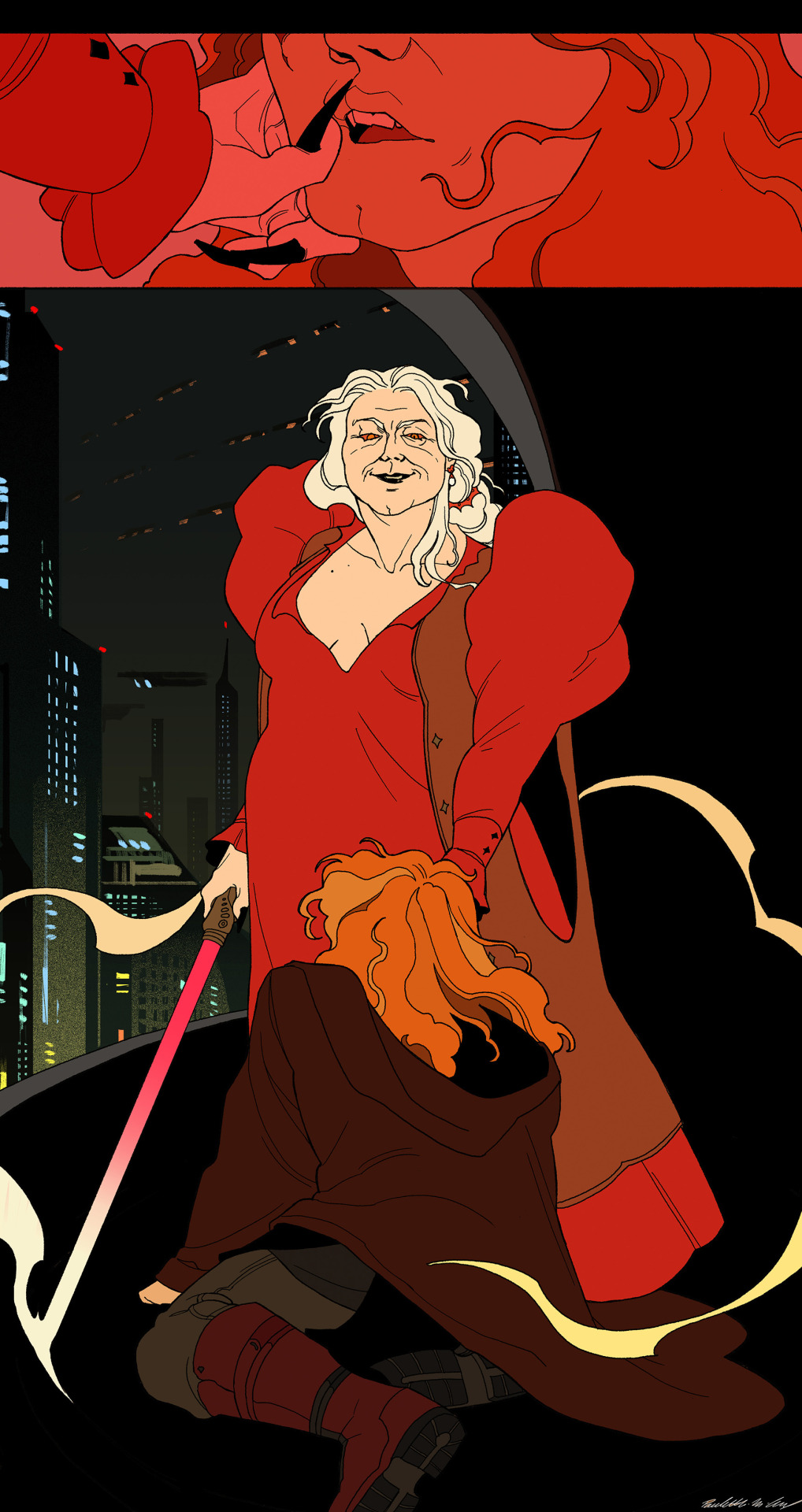
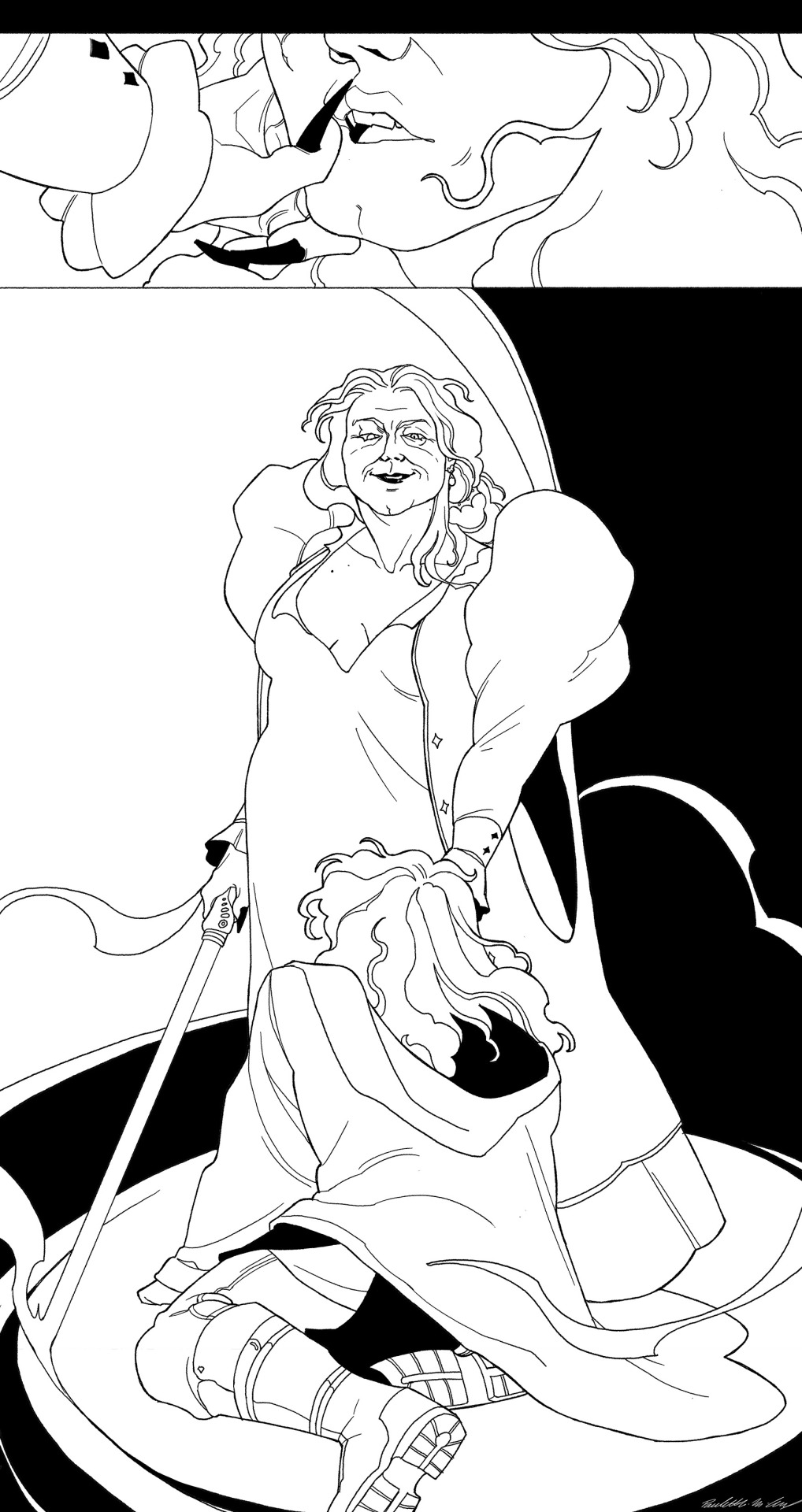


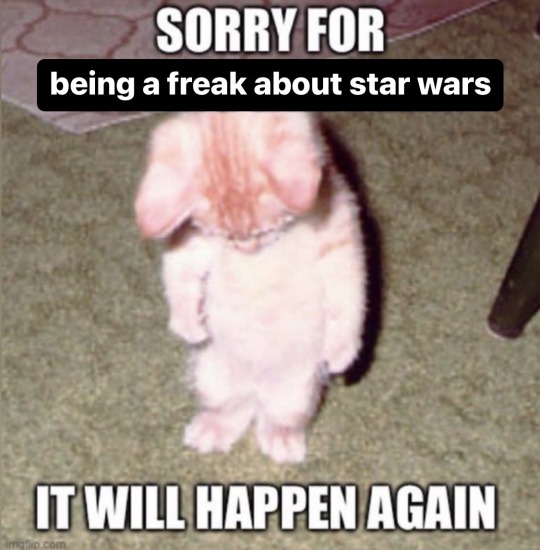
(img source)
#j'ai dessiné des lesbiennes “encore ?!” diront certains.#Ils devront s'habituer#parce que je continuerai#star wars sapphic siths au#sheev palpatine#emperor palpatine#fem palpatine#anakin skywalker#darth vader#star wars prequels#the revenge of the sith#fem anakin#art#my art#digital art#illustration#fanart#star wars#star wars fanart#sith lord#cw blood#rots#rots anakin
275 notes
·
View notes
Text
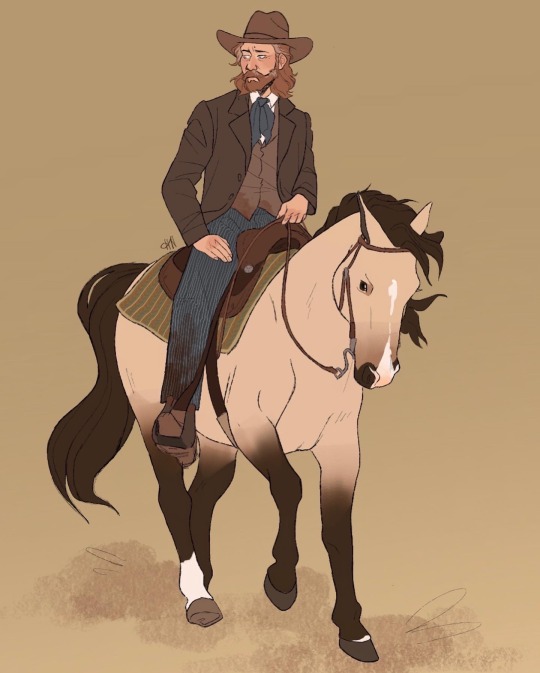
me, outside lucasfilm hq with a bullhorn: HERES HOW THE KENOBI SERIES CAN STILL BE A WESTERN ! GIVE HIM A HORSE !
#obi wan kenobi#kenobi series#kenobi show#star wars tcw#the revenge of the sith#cowboy#cowboycore#western au#listen this is ROUGH#if u tell me anything is wrong with the saddle i’ll hunt u for sport#i have not touched a western saddle in like four years i don’t want to hear it#anyway MORE WHERE THIS CAME FROM#han doodles
1K notes
·
View notes
Text
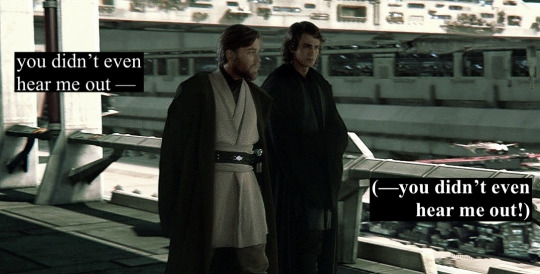



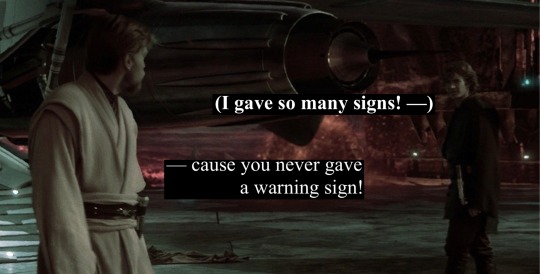
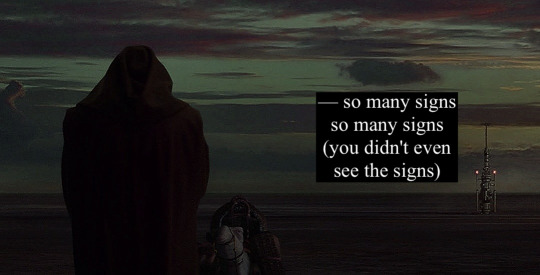
— i think i’ve seen this film before, and i didn’t like the ending / i’m not your problem anymore, so who am i offending now? / you were my crown, now i’m in exile seeing you out
#it’s tragic obianidala hours#the inevitable moment in every canon-based obianidala work:#when obiwan is left standing alone#THEY WERE IN LOVE#and folklore coded!#obianidala#anidala#obidala#obikin#anakin skywalker#obiwan kenobi#obi wan kenobi#padme amidala#star wars#sw#rots#the revenge of the sith
351 notes
·
View notes
Text
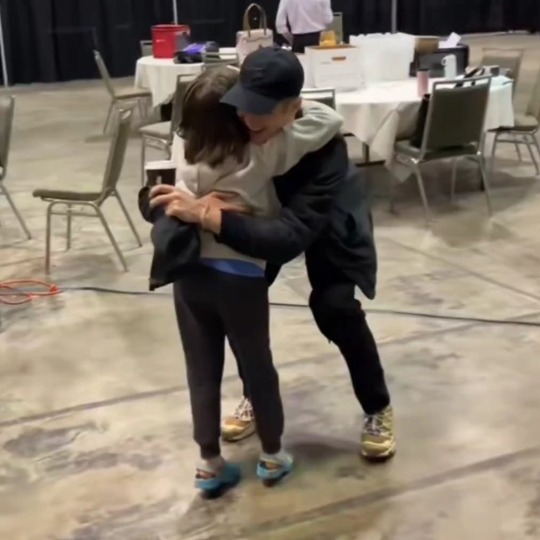
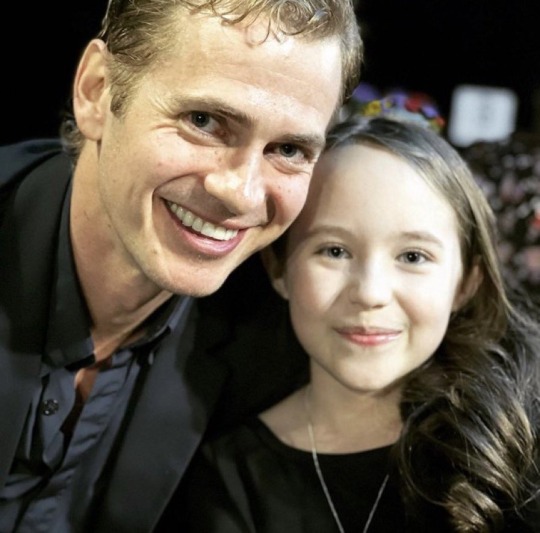
Aww Daddy Anakin hugging his baby girl Leia 🥰🥹🥺
#star wars#prequel trilogy#star wars prequels#star wars saga#anakin skywalker#hayden christensen#may the 4th be with you#star wars episode ii: attack of the clones#darth vader#attack of the clones#star wars episode iii: revenge of the sith#jedi knight anakin skywalker#the revenge of the sith#obi wan kenobi#hayden christensen as anakin skywalker#obi wan kenobi series#ewan mcgregor#princess leia#leia skywalker#leia organa#vivien lyra blair#vivien lyra blair with hayden christensen#daddy vader#daddy darth vader#daddy anakin skywalker#anakin and leia#padme amidala#padme naberrie#padme skywalker#luke skywalker
470 notes
·
View notes
Text
I just realized how many problems would have been solved if Anakin just never fucked
#the star wars prequels#star wars#anakin skywalker#anakin and padme#padme naberrie#padme amidala#star wars padme#padme skywalker#anakin x padme#anidala#star wars episode iii: revenge of the sith#the revenge of the sith#sw rots#rots#anakin and leia#anakin#star wars anakin#anakin and luke#anakin is such a f boy
65 notes
·
View notes
Text
Cody needs a break from babysitting his general.
WTF, why did he kicked Grievous??



#hello star wars fandom#star wars the clone wars#star wars#comander cody#obi wan#give obi wan a break#cody and obi wan#obi wan kenobi#obi wan whump#better give cody a break#star wars cody#general grievous#the revenge of the sith#star wars fanart
354 notes
·
View notes
Text


The Skywalker men 👌🏻
#mark hamill#luke skywalker#young mark hamill#empire strikes back#hayden christensen#revenge of the sith#Star Wars#the revenge of the sith#sw rots#esb#80s#anakin skywalker#Anakin
63 notes
·
View notes
Text
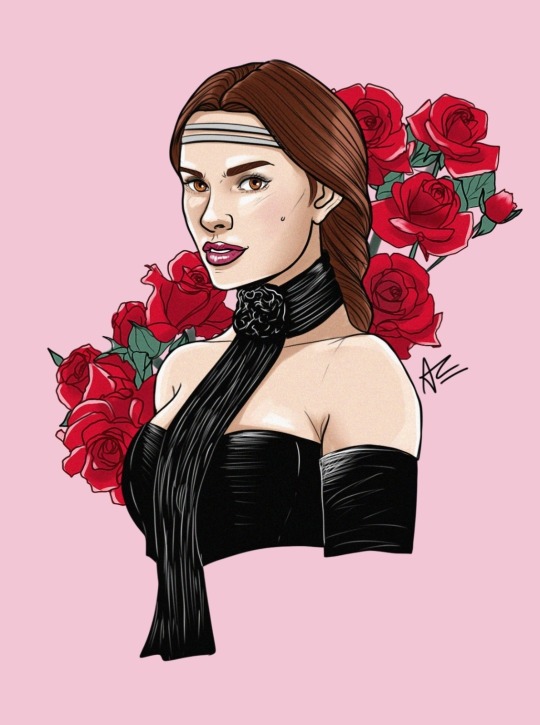
Padmé Amidala
#padme skywalker#padme amidala#queen amidala#senator amidala#star wars the clone wars#star wars#the phantom menace#the attack of the clones#the revenge of the sith#anidala#star wars fanart#andreia carbonari
138 notes
·
View notes
Photo

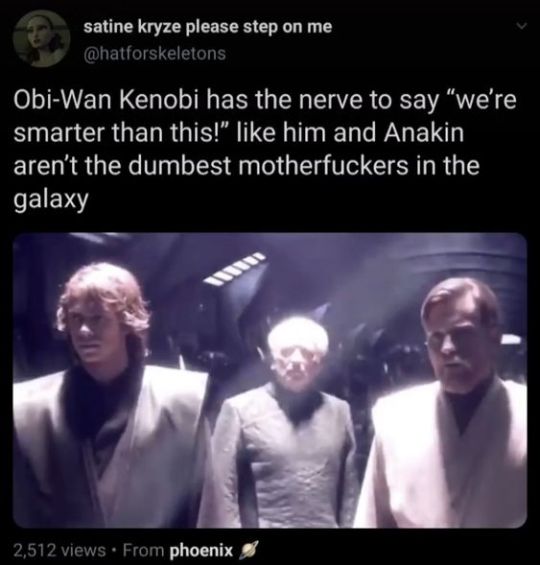

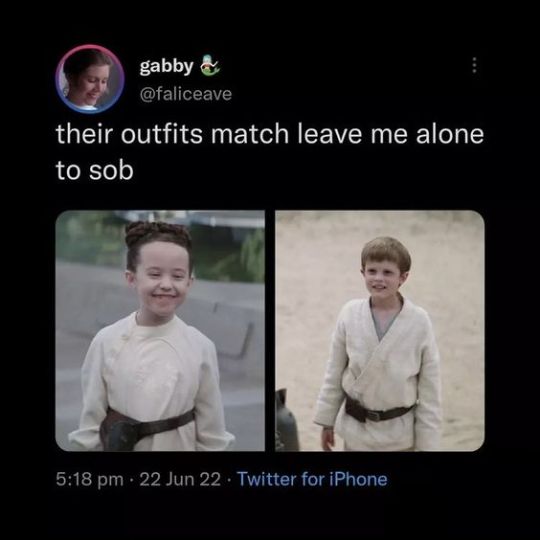

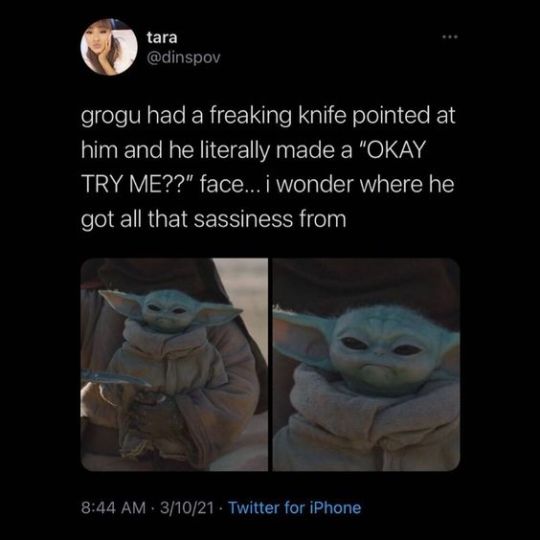

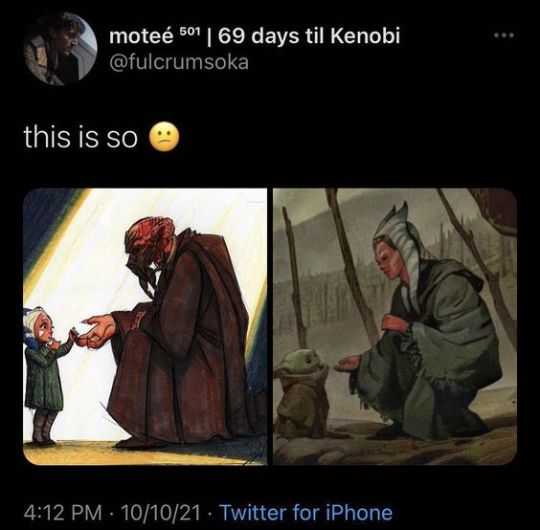

Some awesome Star Wars tweets
#star wars#obi wan kenobi#leia#Princess Leia#leia organa#princess leia organa#the baby yoda show#baby yoda#grogu#Ahsoka Tano#Anakin Skywalker#the revenge of the sith#the mandalorian#kenobi#The Clone Wars#attack of the clones
992 notes
·
View notes
Text
Trope Talk: Villain Romance
So, I was watching a villain romance cdrama again lately (GOODBYE MY PRINCESS) and it has been forcing me to think about what makes some villain romances work for me so well, and others…not so much.
First of all, a lot of my comments on romance at large, and on enemies-to-lovers as the broader trope to villain romance, apply here. For me, GOODBYE MY PRINCESS failed on a few different levels. It failed as a romance because the male lead so rarely, if ever, allowed himself to be vulnerable to the female lead that I couldn't believe either of them could genuinely be falling for each other. It failed as an enemies-to-lovers story because the female lead didn't feel like a match for the male lead in terms either of power or of morals: he was irredeemably awful and held all the power in the relationship, while she was unquenchably pure and naive, holding no power at all. But then, it also failed for me as a villain romance, and because I eat up villain romance with a spoon (WUTHERING HEIGHTS? THE LAST JEDI? LOVE BETWEEN FAIRY AND DEVIL? TILL THE END OF THE MOON? That ONE SCENE in RICHARD III? yess?) I've spent a lot of time thinking about different kinds of villain romance, how some are easier to "sell" to an audience than others - as a convincing HEA, I mean - and how each of them can and can't be made to work.
So far, I think a lot of it has to do with how the villain is built. First off, how does the villain present himself to the audience and other characters? Second, does the villain get a character arc, and is it for the better, or for the worse? Finally, does the villain have genuine feelings for the heroine, and does he achieve a happily ever after with her? Or, in other words: where does your villain come from, where is he going, and how does he get there?
There are a few different choices awaiting the author here, and some of them are, I believe, easier to sell an audience than others. Let's begin with the villain's character arc over the course of the story.
POSITIVE CHANGE VILLAIN
This one is the classic: your villain love interest starts out bad, but gets better. See: Erik from THE PHANTOM OF THE OPERA, Kylo Ren/Ben Solo in the STAR WARS sequels, Nux in MAD MAX: FURY ROAD, Dongfang Qingcang in LOVE BETWEEN FAIRY AND DEVIL, Thyme in F4: THAILAND.
Redemption arcs are honestly not easy to write, because they need to satisfy both justice and mercy; and authors, like everyone else, tend to want to prioritise one over the other. It's interesting that of the five examples of this trope I listed above, not one of the three the Western examples end in a HEA; two out of three equate redemption with death. Meanwhile, I could also note how the Asian examples pull their punches when it comes to facing the villain with the consequences of his actions, and these are some of the BEST examples.
Still, audiences can pull for a character who's clearly capable of learning from his mistakes, and we all want to inhabit a fantasy where a terrible man learns better and earns his happy ending. I've written this kind of villain romance a couple of times, notably with Vasily in my gaslamp books. Basically, if you plan to have a HEA as an endgame in your villain romance, a positive arc is the best way to make a longterm relationship convincing.
ANTIHERO WITH IMAGE PROBLEMS
This one is a bit more complicated. The love interest starts out well and gets better, but along the way he struggles with a dark side and an unfortunate predilection for angry black clothing and eyeliner. He isn't so much as a villain, as a well-meaning antagonist desperately trying not to live up to his dark reputation. See: Tantai Jin from TILL THE END OF THE MOON, but also Galadriel Higgins from THE SCHOLOMANCE books by Naomi Novik, who is in a very similar predicament though not part of a villain romance.
This one is tricky to write, because there aren't a lot of ways a genuinely well-meaning person is going to convincingly pose as an existential threat to the universe. Both TTEOTM and the SCHOLOMANCE books pull it off by invoking the future, either through time travel or through prophecy: the antihero is going to become the Dark Lord/Lady and destroy the world. This makes them a target in the present, and gives them a threatening dark side to struggle against. In TTEOTM, Tantai Jin is torn between his vindictive impulses to revenge himself on those who have wronged him, and his natural longing for the love of others. In this case, it's not so much that he's a villain intrinsically, as that he plays that role in the heroine's head.
I've never written one of these, except as a stage in a positive change arc, but it's a really fun character type that I'd genuinely love to see more of.
NEGATIVE CHANGE HERO
This is another classic: the hero who lives long enough to see himself become the villain. See: Anakin Skywalker from the STAR WARS prequels, Heathcliff from WUTHERING HEIGHTS, or Wang So from SCARLET HEART RYEO. If the Antihero With Image Problems withstands the temptation to become a villain, then this character succumbs with more or less struggle. He ususally also doesn't get the girl. In face, the heroine often doesn't survive this sort of story at all.
Audiences have less trouble with this kind of story, because it can come across as properly cautionary. "If you fall in love with someone who gets a villain arc, you will die, and it is probably your fault." Everyone is happy, except the characters. Personally, I think this is realistic, because I don't think a thorough-going villain CAN be a stable longterm relationship; but just once, instead of dying, I really would like to see the heroine nope out and go to live her life in peace and quiet, as happens in the wonderful Daisy Ridley OPHELIA film.
I've actually never written one of these, either, mostly because I've never been able to bring myself to write a tragedy. But I do love reading them.
UNREPENTANT VILLAIN
Or, Bad Man With a Crush. This is another really common iteration of the trope, but it's usually played from the point of view of the male hero, and the heroine usually doesn't reciprocate the villain's interest in any way. The great exception to this, of course, comes in Shakespeare's RICHARD III, where the unrepentant villain convinces the widow of one of his murder victims to marry him because he's THAT GOOD. Watching Laurence Olivier in this role at 13 may have been a formative moment of my life. Other examples are thick on the ground: Frollo from THE HUNCHBACK OF NOTRE DAME, Scarpia from TOSCA, the Darkling in SHADOW & BONE. Heck, I've written at least one of these myself.
Again, audiences expect this kind of villain either not to have his feelings returned or, if they are, to see either the heroine or the villain die by the end. In fact, this villain is the sort most likely not to have genuinely romantic feelings for the heroine at all; it's usually simply lust. The only example I mentioned where the villain arguably does have more complicated feelings for the heroine than a mere appetite for sex and power, and where she is tempted to reciprocate, is the one written by a woman, SHADOW & BONE - because a female writer is going to treat her heroine as a more fully orbed person, and insist on male characters treating her the same way.
-
The second question to ask when writing a villain romance is: how does the villain present himself to others, including the audience? Again, there are a few options here, but in any case I think one of the most important ingredients, if you're going to make the audience care about the villain, is a sense that the villain COULD be a better person than he is.
SHEEP IN WOLF'S CLOTHING
The villain projects a terrifying image, but deep down he has a heart of gold. Note that this is not about character arc (for instance, this describes both Tantai Jin, who is an antihero on a positive arc, and Wang So, who is a hero on a fall arc). Rather, it's about how other characters, and the audience, view the character throughout most of the story.
A Sheep in Wolf's Clothing is easier to "redeem" because half the work is done when you show that after all, the character is better than we thought, and doesn't need as much work to be redeemed. For this reason, it's a really good choice in any sort of villain romance, because you get someone who LOOKS bad but is in fact plausible as someone who IS capable of changing and learning.
Vasily from my Miss Dark series is definitely a sheep in wolf's clothing, which is extremely fun to write. Vasily's had a traumatic change of heart which has taken away his taste for blood, treachery, and power. His habits haven't quite caught up with his heart, yet, and his determination to hold onto a semblance of power and terror makes him desperate to playact as a villainous vampire prince even though he's none of those things any longer.
SHEEP IN SHEEP'S CLOTHING
I was nearly not going to include this variant at all, because where's the villainy in that? But then I remembered Anakin Skywalker. Anakin has a dark side, like Tantai Jin, which he gives into on occasion, but the prophecy that he will bring balance to the Force seems to predict a bright future for him. And he genuinely is a well-meaning person, who only wants to protect the people he cares about. For most of the story, Anakin is a good person and an upstanding Jedi with a bright future. This only makes his eventual downfall more tragic.
While how the villain presents himself is not always linked to a particular arc, this one is, since it requires a genuine hero to begin with. As I mentioned above, this kind of fall usually spells death for the heroine. I think this particular villain romance tends to be underexplored, because the freaks who like villain romance aren't into the aesthetic of a genuinely good man being corrupted, while those who write the downfall arc usually aren't into the aesthetic of villain romance. Nobody has ever written a romance about the Macbeths, and this strikes me as a missed opportunity.
WOLF IN WOLF'S CLOTHING
This villain is exactly as bad as he appears on the outside, but if he's lucky, big changes are coming for him. In LOVE BETWEEN FAIRY AND DEVIL, Dongfang Qingcang is about to have his cold dead heart magically melted. In FALLING FOR INNOCENCE, Kang Min-Ho is literally given a new one. As a Christian, I love seeing fantasy elements used to explain why the wolf in wolf's clothing is suddenly forced to trade a heart of stone for a heart of flesh, because in Christianity the only way this ever happens is through a literal miracle.
And I do think this kind of villain IS difficult to redeem for his HEA without some kind of miracle, because he's genuinely done some dreadful things, and he's determined not to repent for any of them. Kylo Ren from the STAR WARS sequels is a really excellent example of a Wolf in Wolf's Clothing: when Rey spits at him, "You're a monster!" he responds almost proudly, "Yes, I am." In a way, the Wolf in Wolf's Clothing's honesty is his one redeeming feature: he may be terrible in almost every way, but he never pretends to be a good man. This is something that the next option on the list lacks altogether.
WOLF IN SHEEP'S CLOTHING
This villain looks like a good and upright person, but it's all a facade. In reality, he's conniving, ruthless, and manipulative, and whether he's a "hero" on a negative arc or a straight-up Unrepentant Villain, the story is about to unmask him as the bastard he is.
Western literature has a whole array of this type of character, and they're usually the smooth hypocrites of the canon: TOSCA's Scarpia, HUNCHBACK's Frollo, MEASURE FOR MEASURE's Angelo, KNIVES OUT's Ransom. There's just something particularly evil about someone who sees and experiences true goodness and sees it as his opportunity to mask his evil deeds, and that's why we recognise such people as irredeemable. This is why BLUEBEARD is one of the trickiest fairytales to retell, at least if you're interested in a HEA - because Bluebeard, unlike the Beast or Hades or any of the other dubious bridegrooms of fairytale literature, commits awful crimes while pretending to be an ordinary, upright businessman.
This is also where we find GOODBYE MY PRINCESS's Li Chengyin, who marries this with a corruption/fall arc. Very early on in the story, we see that although Chengyin has genuine feelings for the heroine, he's fully capable of betraying her and murdering her family for purely political motivations. At first, Chengyin is neither experienced nor hardened in evil, but he absolutely will betray anyone in his path if it will benefit his plans.
This sort of villain is particularly difficult to redeem, because he's someone who has approval and love already but chooses to destroy everyone around him anyway. He is also uniquely enraging, because we've all known people this terrible in real life - from high profile teachers and carers being caught in ongoing sexual predation, to that crumby ex-husband who traumatised your good friend. I don't think I've ever seen a character like this be convincingly redeemed, and while I think it COULD be done - I do have a Bluebeard retelling of my own up my sleeve - I do that, as with the Wolf in Wolf's Clothing, it would have to come with some kind of fantastical/miraculous explanation.
And in the end, let's face it, it's always most cathartic to see this sort of person get their comeuppance.
-
Third and finally, is your villain romance going to get a happily ever after? I'm one of those people who will get a lot of fun out of a romance that ends badly, like SCARLET HEART RYEO, or even something that isn't a romance at all, like RICHARD III and the ill-fated Anne Neville. But whatever you pick, I'm begging you, be very clear about whether the villain has genuine feelings for the heroine or not, and don't reward some horrible person who's never convincingly expressed care for another, with any kind of romantic validation.
HEA VARIATIONS
Maybe your villain and heroine make a match of it. Most of the time this is because the villain undergoes a positive character arc to earn his happy ending, and I've got to say, this is a very sensible choice. I personally do not need to see an unrepentantly terrible person get any kind of longterm romantic relationship, either because he's trapped/deceived the heroine or because he's corrupted her to become as bad as himself; I honestly don't think that terrible people CAN have a successful longterm relationship. That said, I've written a relationship where the villain DOES make the love interest worse, but where ultimately the genuine love, empathy, and trust between them ultimately does drag both of them back to the light.
TRAGIC VARIATIONS
There are a great many more options available here. The main thing I would say is that you have to give an ending that is justified by what comes before.
A common choice is to give the villain a positive arc culminating in a heroic death. I've seen this done well (FURY ROAD). I've seen it done terribly (RISE OF SKYWALKER). Personally I feel that unless the themes absolutely demand this, you should avoid it, because too often it comes across as the writers arbitrarily ridding themselves of a character they don't know what to do with.
Another common choice is to give the villain a negative arc culminating in the heroine/love interest's death. I've seen this done in ways I don't hate. In RICHARD III, Richard kills literally everyone he touches. In SCARLET HEART RYEO, death is a realistic result of the heroine's trauma and closes the door definitively on the villain's hopes for reconciliation; but it also returns her to her far better life in the future, so it becomes a glimmer of hope for her (though not quite enough). Too often, however, this choice carries with it sexist overtones. Death becomes the heroine's punishment for the crime of loving a bad man (or something else equally fatuous), while the villain is "punished" only by having to live without her.
What about a negative arc culminating in the villain's death? Well, I strongly disliked the choice made in SHADOW AND BONE, in which the heroine guts the villain while hissing "there is no redemption"; to me it was lacking in either tragic catharsis OR eucatastrophe. I think you CAN have a satisfying ending in which the heroine or somebody else kills the villain, but it needs to be an expression of catharsis or eucatastrophe, and we definitely need to feel that the villain is beyond saving - which, if you've made him a genuine romantic possibility, is often hard to feel.
I love the ending of WUTHERING HEIGHTS, in which the villain dies frustrated after realising that after all, cruelty and abuse DIDN'T have to turn him into a villain; he then reunites with the ghost of his equally terrible love interest. I also love the ending of OPHELIA, in which Ophelia, realising that Hamlet cannot be redeemed from his quest for vengeance, quietly nopes out and goes to live a happy life on her own. And then, there's the gold standard for bittersweet endings, THE PHANTOM OF THE OPERA, in which the villain doesn't get the girl, but neither of them have to die, and her compassion for him causes him to go off and live a better life on his own. I think the thing all these have in common is that even though none of them end with the couple together, they afford the whole story a sense of hope: cycles of abuse are broken, some people get better than they deserve, and even those that don't are doomed by their own actions, rather than being killed off in a way that feels punitive or vindictive. And I feel that this is an essential ingredient of tragedy: that justice arises naturally out of the villain's own actions rather than being imposed by some righteous warrior.
PUTTING IT TOGETHER
Some of these options are easier to sell the audience than others. For instance, a Wolf in Sheep's Clothing on an Unrepentant Villain arc is absolutely not good material for a HEA romance, while a Sheep in Wolf's Clothing on a Positive arc is probably your best bet (it's a classic for a reason). Others, like a Wolf in Wolf's Clothing on a positive arc, may require careful handling to ensure that the audience is happy to come along for the ride. Whatever you choose, however, it pays to be conscious of which tropes you're using, where the audience has seen them before, and what they expect to see happen to the characters that enact them. This doesn't mean that you can't defy audience expectations, of course; just that it might take a little more work to bring the audience along with you on the journey that you've planned, and that it might not be wise to pick all the worst possible options and expect the audience to embrace the character in question. (cough Li Chengyin cough).
#goodbye my princess#li chengyin#cdrama#asian drama#kdrama#wuthering heights#heathcliff x cathy#the last jedi#reylo#kylo ren#tros#love between fairy and devil#till the end of the moon#richard iii#the phantom of the opera#star wars#the revenge of the sith#mad max: fury road#fury road#f4: thailand#scarlet heart ryeo#moon lovers scarlet heart ryeo#the hunchback of notre dame#shadow and bone#darklina#tosca#miss dark's apparitions#anidala#falling for innocence#measure for measure
116 notes
·
View notes
Text



😍😍😍
#star wars#anakin skywalker#starwarsedit#swedit#anakinedit#anidala#anidalaedit#filmedit#the revenge of the sith#filmgifs#filmsource#usersource#cinematv#hayden christensen#***#he's so in love it hurts me to look at this goodnight#padme x anakin
124 notes
·
View notes
Text
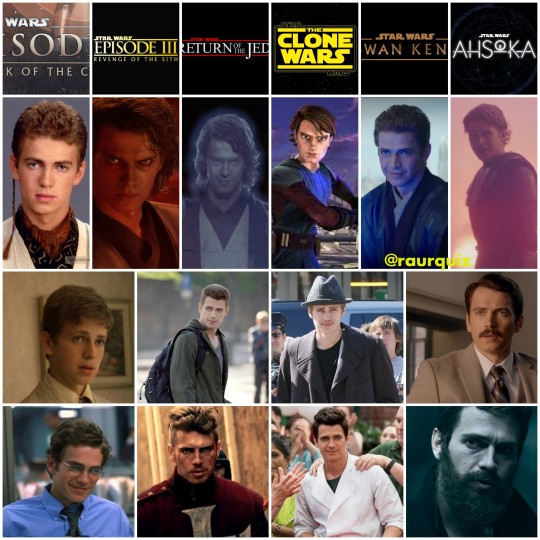
#happybirthday #haydenchristensen #actor #anakinskywalker #starwars #attackoftheclones #therevengeofthesith #returnofthejedi #TheCloneWars #obiwankenobi #Ahsoka #jumper #shatteredglass #TheVirginSuicides #LifeasaHouse #NewYorkILoveYou #Awake #Takers #Vanishingon7thStreet #Outcast
#happybirthday#hayden christensen#actor#anakin skywalker#star wars#attack of the clones#the revenge of the sith#return of the jedi#the clone wars#obi wan kenobi#ashoka#jumper#shattered glass#the virgin suicides#life as a house#newyorkiloveyou#awake#takers#vanishing on 7th street#outcast
21 notes
·
View notes
Text
i wish i could say "yipeeee" in the exact same way as anakin does in the phantom menace
also i wish they'd kept him doing that it would've been so funny "yipeeee Im' seeing padmé again" "yipeeee i've been assigned as padmé's guard" "yipeeee the chancellor said i'm his friend"
#i believe he was doing it on the inside. i have to#prequels#the phantom menace#the attack of the clones#the revenge of the sith#anakin skywalker#padme amidala#my sweet wife padme#palpatine#kaz on the holonet
30 notes
·
View notes
Text




Hayden Christensen’s Anakin Skywalker Mustafar burns makeup from Star Wars III: Revenge of the Sith
#anakin skywalker injuries#anakin skywalker injuries from mustafar#anakin skywalker burns from mustafar#star wars#prequel trilogy#star wars prequels#star wars saga#anakin skywalker#hayden christensen#star wars episode ii: attack of the clones#attack of the clones#darth vader#star wars episode iii: revenge of the sith#jedi knight anakin skywalker#obi wan kenobi#the revenge of the sith#obi wan kenobi series#ewan mcgregor#jedi master#hayden christensen as anakin skywalker#return of darth vader#return of anakin skywalker#hayden christensen as darth vader#hayden christensen return of anakin skywalker#hayden christensen return as darth vader#hayden christensen in anakin skywalker burns makeup#may the 4th be with you#anakin skywalker burns makeup#mustafar
1K notes
·
View notes
Text

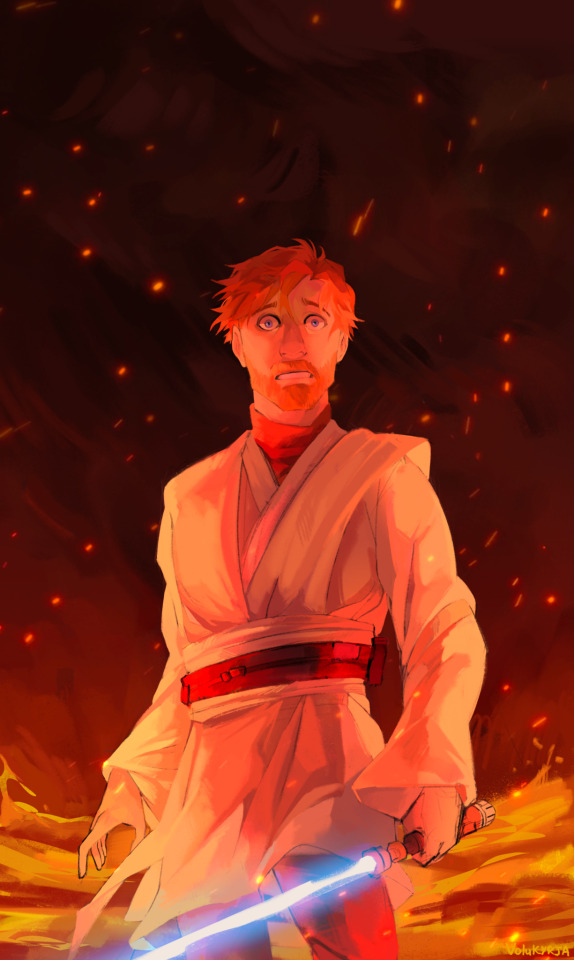
I wish they had a happier life :(
#anakin skywalker#obi wan kenobi#star wars fanart#star wars#the revenge of the sith#fanart#the clone wars#sith anakin#oh anakin :(#they deserve their happy ending#my art
429 notes
·
View notes